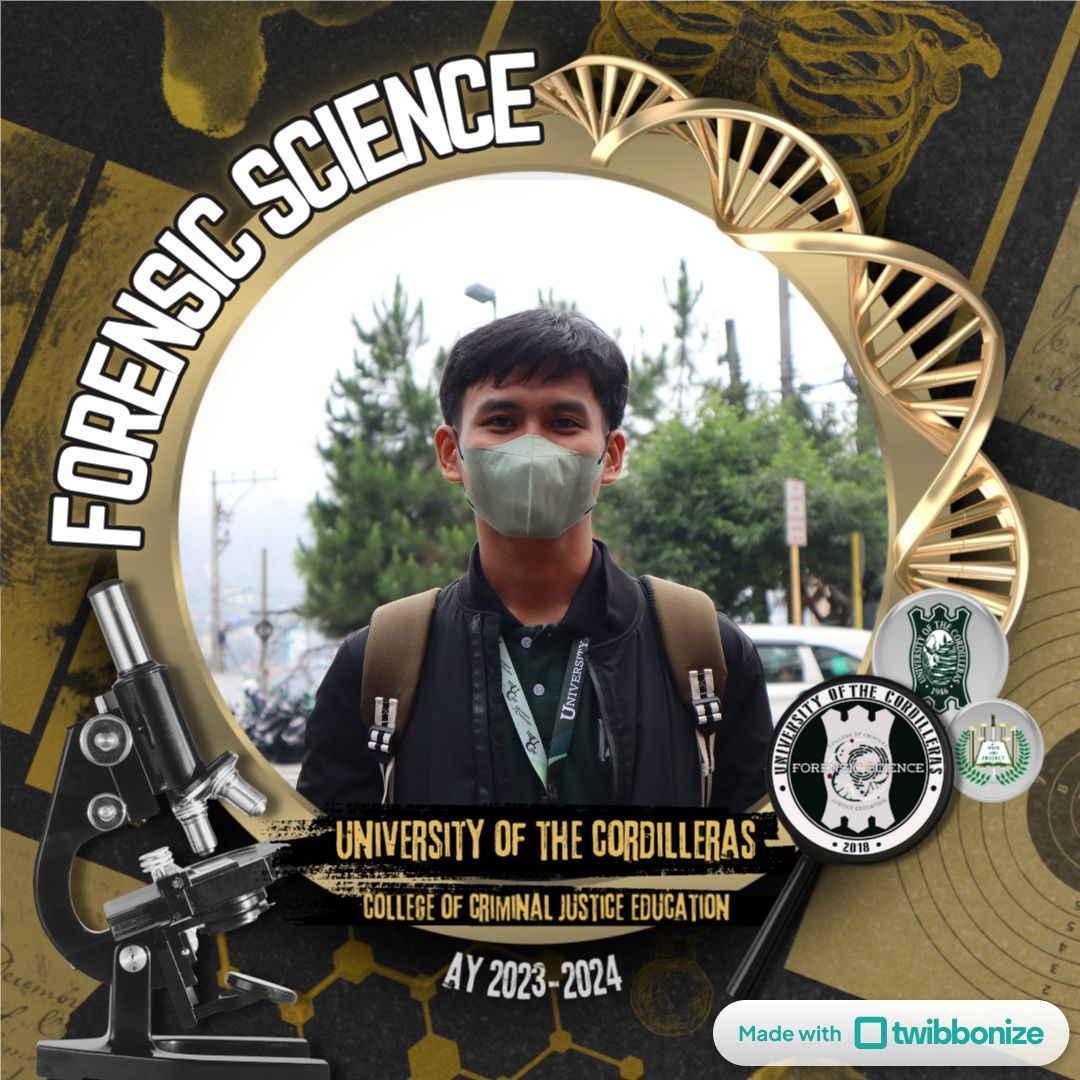MODULE 1 | Introduction to Questioned Document Investigation
Cards (65)
- Documentany material containing marks, symbols, or signs either visible, partially visible, or ultimately convey meaning to someone, may be in the form of a pencil, ink writing, typewriting, or printing on paper.
- Public DocumentIt is a document created, executed, or issued by a public official in response to the exigencies of the public service, or in the execution of which a public official intervened.
- Official DocumentIt is a document that is issued by a public official in the exercise of the functions of his office.
- Private DocumentIt is every deed or instrument executed by a private person without the intervention of a notary public or any person legally authorized, by which the documents some disposition or agreement is provided evidenced or set forth.
- Commercial DocumentIt is any instrument defined and regulated by the Code of Commerce or other commercial law.
- Electronic DocumentIt exist only in electronic forms such as data stored on a computer network, back-up, archive, or other storage media.
- Paper-Based DocumentIt is produced traditionally or manually.
- Questioned DocumentThese are documents whose origin, contents, or the circumstances and story regarding its production, arouse serious suspicions as to its genuineness, or it may be adversely scrutinized simply because it displeases someone.
- Questioned Document ExaminationThe practice of application of document examination to the purposes of the law. It is otherwise known as Forensic Document Examination.
- Forensic Document ExaminerIt refers to the person/s who study all aspects of document to determine its authenticity, origin, handwriting, photocopies, inks, and papers. They are also known as Questioned Document Examiner.
- Holographic DocumentThese are any documents that was completely written and signed by one person.
- Reference CollectionMaterial compiled and organized by the document examiner to assist him in answering special questions.
- Historical DatingInvolves the verification of age and worth of document or object; approximate the document's age based on the ink and paper
- Fraud InvestigationFocuses on the money trail and criminal intent
- Paper and Ink SpecialistsExperts who date, type, source, and/or catalogue various types of paper, watermarks, ink, printing/copy/fax machines, computer cartridges, etc. using chemical methods to check if something is added or removed
- Forgery SpecialistsExperts who analyze, altered, obliterated, changed, or doctored documents and photos using infrared lighting and other equipment to identify indicators of forgery
- Handwriting AnalystPsychology experts who assess personality traits from handwriting samples, also called as graphologist or graphoanalysts
- Forensic StylisticsRefers to the same purpose as handwriting analyst but by looking at semantics, spelling, word choice, syntax, and phraseology
- Typewriting AnalystExperts on the origin, make, and model used in the typewritten documents
- Computer Crime InvestigationExperts who investigate crimes involving computers
- Imprint ExaminationIncluding those produced by manual devices, mechanical devices, and electronic printing devices; also includes those produced by the manufacture of counterfeiters
- HandwritingIt is the result of a very complicated series of acts, being used a whole, and a combination of certain forms of visible mental and muscular habits acquired by long-continued painstaking effort. It is also known as the visible speech.
- 3 Things Involved in Handwriting
- Brain
- Senses
- Motors
- Copybook FormIt is the instruction taught in school. It is also known as a particular manual of writing instructions that provides model letter designs for the student to copy. It is the basic form and design of letters which is fundamental to writing system.
- Importance of Copybook Form
- The nationality of the writer.
- The system learned.
- The date when the writing was acquired.
- To some of the influences that have surrounded the writer.
- The impulse to write starts with our senses.
- Parts of the Brain Related to Handwriting
- Cortex - central part of the brain responsible to handwriting
- Left fusiform gyrus - stores linguistics, vocabulary
- Inferior frontal gyrus - where signals of complex movement is sent; sends signals to the hand to write
- Left middle frontal gyrus - involves the handwriting process; indicates how things is written—font, style, etc.
- Left dorsal precentral gyrus - focuses on how hand, as you write, is controlled
- Body Parts Involved in Writing
- Fingers
- Palm
- Wrist
- Shoulder
- Elbow
- Muscles Involved in Handwriting
- Extensor - focuses on upward strokes
- Flexor - concerned with downward stroke
- Lumbrical - focuses on lateral/straight strokes
Other muscles involved:- Extensor carpi radicals longus
- Dorsal and palmar interossei
- Bones Involved in Handwriting
- Carpals
- Metacarpals
- Proximal
- Phalanges
- Intermediate Phalanges
- Handwriting is a developed skill or a learned behavior, not an inborn skill.
- Development of Handwriting
- Drawing Stage
- Adolescence Stage
- Stage of Subject Matter
- Stage of Degeneration
- Drawing Stage
- usually starts in grade school
- following/tracing letters
- introduction of copybook
- Forms of Drawing Stage
- Palmer Method
- D'nealian Method
- Zaner-Bloser Method
- Adolescence Stage
- deviation from guides
- creation of own form and style of writing
- focus is the manner of execution
- Stage of Subject Matter
- mastered the art of handwriting
- focus is the context of what is being written
- Stage of Degeneration
- observable to elderlies
- poorly written handwriting
- not so legible writings
- Styles of Handwriting
- Printed
- Cursive
- Print-writing
- Signature
- written representation of someone's name as proof of identity and intention
- a mark or sign made by an individual on an instrument or document to signify knowledge, approval, acceptance, or obligation
- Handwritten Signature
- wet signature
- made manually using pen
